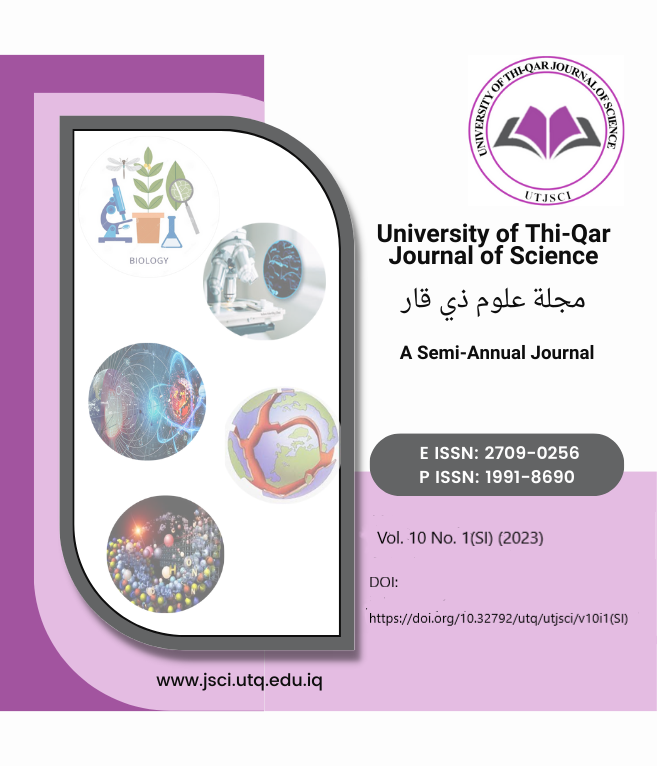Evaluation of the relationship of obesity with some vital factors as a predictive indicator of cholecystitis in Thi-Qar Governorate
DOI:
https://doi.org/10.32792/utq/utjsci/v10i1(SI).1014Keywords:
Cholecystitis, Gallstones, Obesity, lipid profile, metabolic syndromeAbstract
Cholecystitis represents inflammation of the gallbladder. It can lead to many complications,cholecystitis can be either acute or chronic. The inflammation is caused by a blockage in the gallbladder, which stops the flow of bile that flows directly into the small intestine to digest fats. Often this blockage is caused by gallstones, which leads to condensation and stagnation of bile.
Adults who haveobese, are at increased risk of many chronic diseases such as diabetes, gallstones, high blood pressure and heart disease. Obesity is associated with increased bile cholesterol excretion.
The study has included (175) samples of cholecystitis patients who attended the hospital for the period from January to September 2022, the samples were divided according to gender and obesity status. It was found that the highest incidence of cholecystitis in males was in the age group (55-64) and it was (14%), then the age groups (35-44) and (>65) was (12%).The highest incidence of cholecystitis among women in the age group (35-44) was (27%), then the age group (45-54) was (23%) and then the age group (55-64) was (15%).
This study has found that, both obesity status and (BMI >25) were higher in women (79%) while it was in males (52%), and it hasfound that, blood pressure, diabetes and metabolic syndrome arethe most common comorbid conditions associated with cholecystitis.
Downloads
Published
Issue
Section
License
Copyright (c) 2023 University of Thi-Qar Journal of Science

This work is licensed under a Creative Commons Attribution 4.0 International License.













